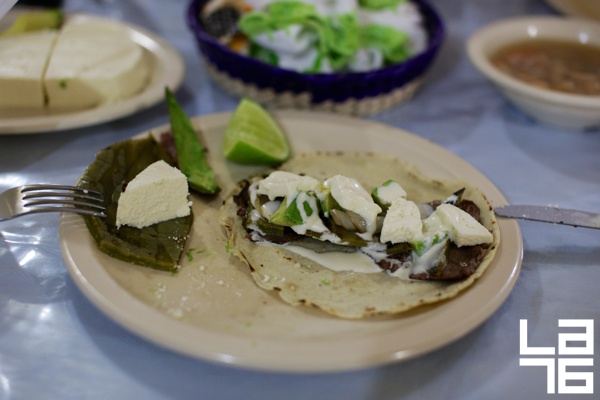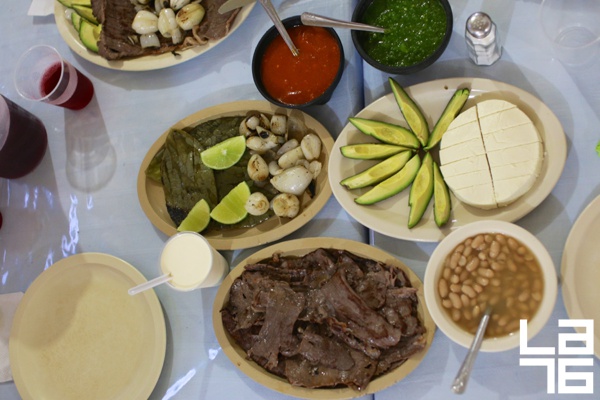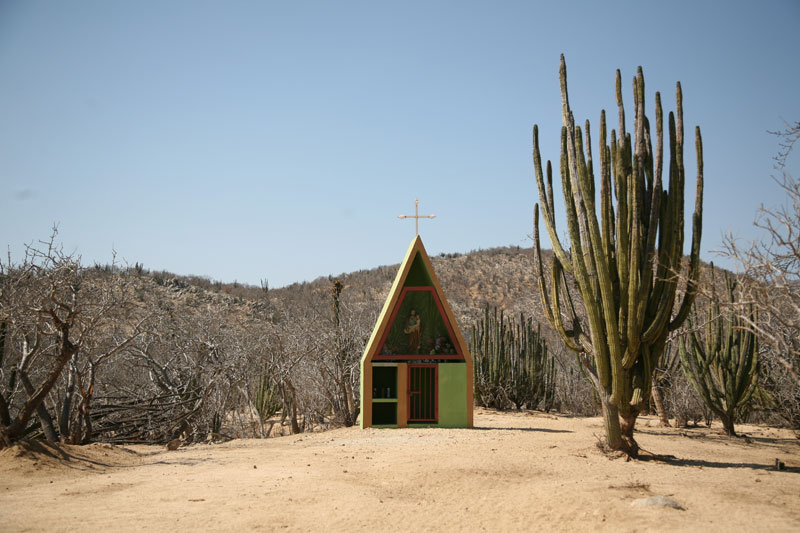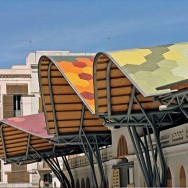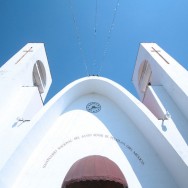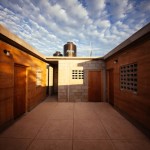The harder it is to pronounce a town’s name, the more intrigued I am in visiting it and getting to know its history. And if I find out this town is world famous for its food, it gets on the top of my to-see list immediately!
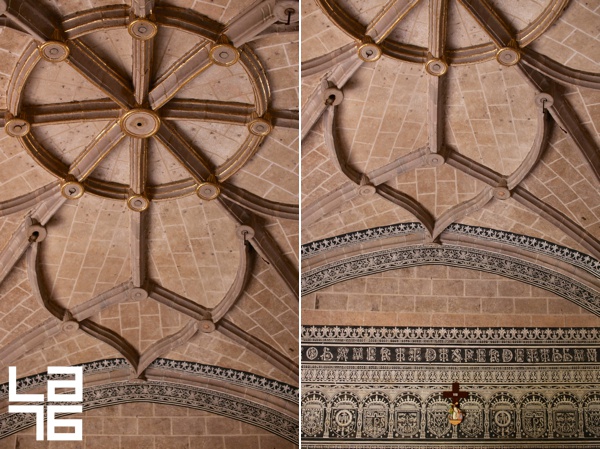
Yecapixtla, a town in the northeast state of Morelos in central Mexico, with about 40,000 people, is known mostly for two things; for it’s monasteries (it is associated with the Monasteries on the Slopes of Popocatépetl World Heritage Site), and for their tasty cured dry beef meat, called cecina.
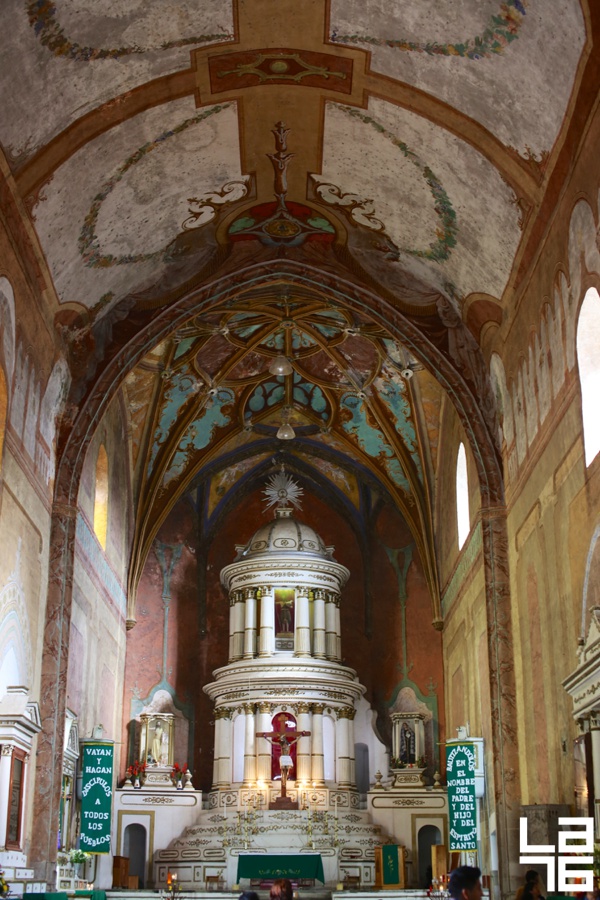
As luck had it, we visited Yecapixtla – known also as “The World Capital of Cecina†– just in time during their Cecina Fair at the end of October. I’ve been introduced to cecina, one of Mexico’s famous traditional dishes, shortly after moving to Mexico in 2007, and have been a fan of it since the first bite. We often make it at home on the grill, but I have to admit that the cecina from Yecapixtla is heavenly. It is worth making a trip just to have a taste of it, it is that good!
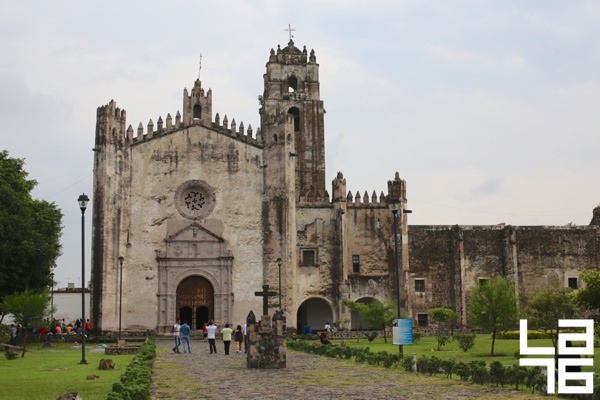
The town is about an hour drive away from Cuernavaca. On the way there don’t miss to stop in Tlayacapan, a lovely Pueblo Magico. During the Cecina Fair, Yucapixtla is full of events and activities, colorful decorations, food and artisan stands. We headed towards the restaurant La Parroquia in town’s historic centre, which is supposed to prepare the best cecina in town. When we arrived, there was a big line, so we decided to go on a stroll, check out the artisan stands and visit the church and former monastery complex of San Juan Bautista. Here you can still admire the gothic rosette and the bas-reliefs on the facades, just some of the fascinating examples of XVI century architecture.
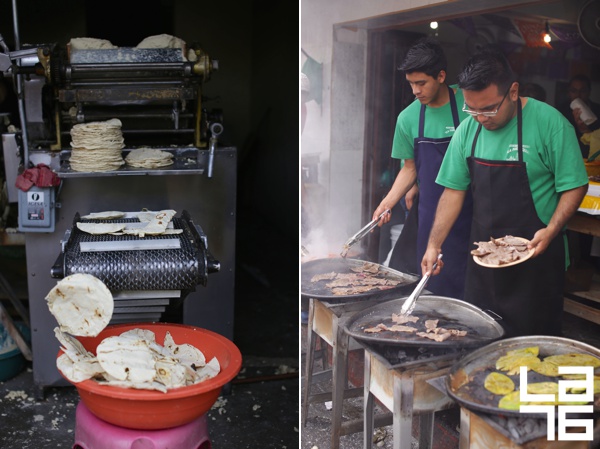 Left: traditional tortillero, tortilla making machine machine. Right: grilling cecina at La Parroquia
Left: traditional tortillero, tortilla making machine machine. Right: grilling cecina at La Parroquia
The largest ‘tianguis’ or market, which happens during the same days as cecina fair, has its origins in the pre-Hispanic festival honoring the birth of Yacapitzauac, a deity which acted as a guide for travelers and protector of merchants. Historical records indicate that this market has been taking place in Yecapixtla since the 1330s! Today, the highlights of this event include the dance of the Chinelos, and a ballroom dance with features orchestra and popular music. Unfortunately, we came to town just for an afternoon, but I’d love to see more of the traditional events that take place during the fair. Perhaps next year!Â
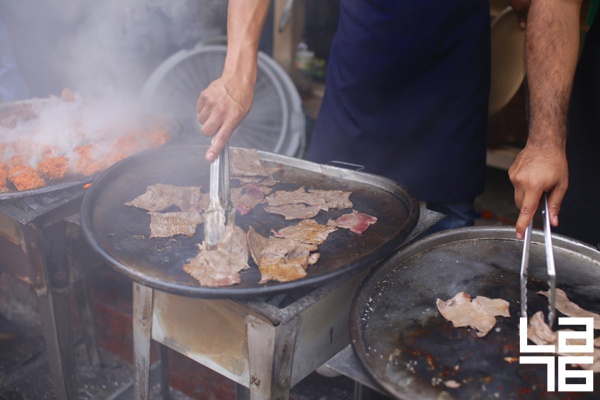
At La Parroquia restaurant, they grill cecina on large grills in front of the restaurant. This beef is prepared in large thin sheets of meat, which is then cut and quickly grilled. I placed pieces of my cecina on a tortilla, put some lemon juice on it, cheese, avocado, nopal and cream – it was amazing! Cecina is probably my favorite form of beef, it is super soft and very tasty. Traditionally, they say, cecina is eaten with cream and cheese from a small community near Yecapixtla called Achichipico, with only 1997 inhabitants.
About the name Yecapixtla
The name Yecapixtla has been translated in a number of ways. Several sources claim that the name refers to the wearing of a stone called a “chalchuihite†through the nose, translating to “land of pierced noses.â€Â This was indeed practiced in the area among pre-Hispanic governors as a sign of their status. This translation may come from documents written by Gutierrez de Lievana from 1580. The Aztec glyph of the area does show a pierced nose. On the other hand, the government of Morelos claims that the name translates to “The land of gentle airs†referring to the calm weather and lack of strong winds. The glyph also contains a flying insect which could allude to this. However, the name is very close to the name of a god of commerce, Yacapitzauac, whose teocalli was the center of the pre-Hispanic settlement. This teocalli was destroyed by the Spanish and a church dedicated to John the Baptist put in its place. Any name explanation you choose to take for Yecapixtla, I like them all and all the history they carry.
